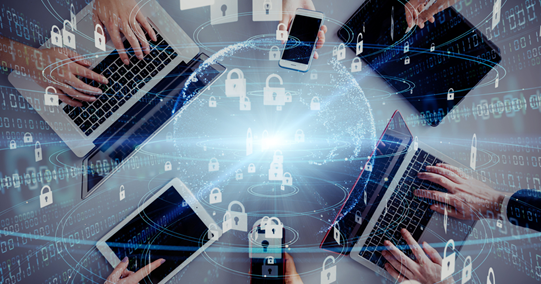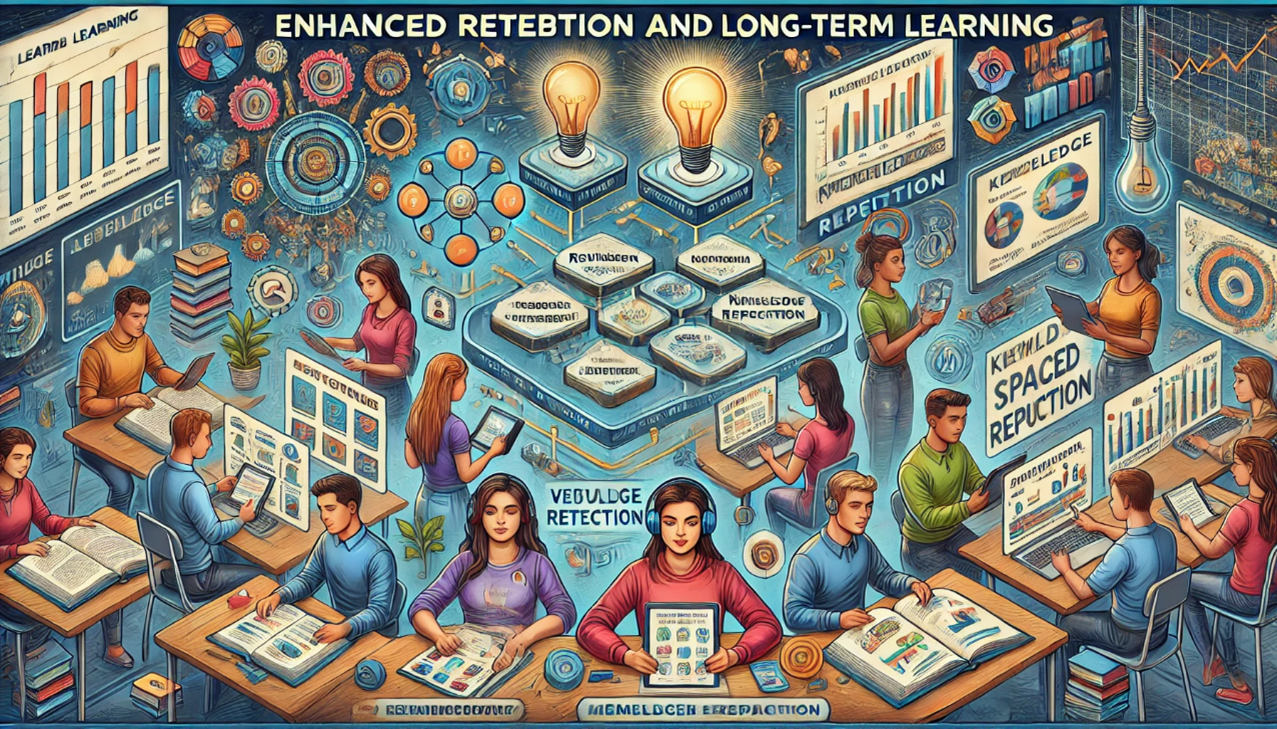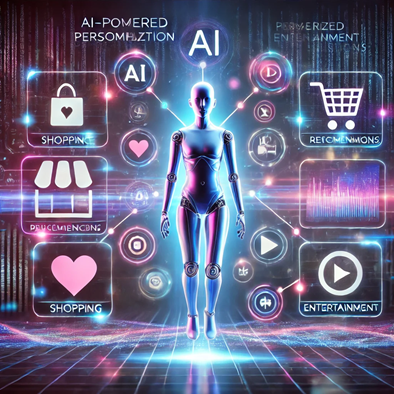How can AI-powered surveillance systems be used responsibly?

How can AI-powered surveillance systems be used responsibly?
by Nathaniel 04:35pm Jan 30, 2025

How can AI-powered surveillance systems be used responsibly?
AI-powered surveillance systems offer significant benefits, such as enhanced security, efficient monitoring, and the ability to detect threats or irregular activities quickly. However, they also present serious concerns regarding privacy, civil liberties, and the potential for misuse. To use AI-powered surveillance systems responsibly, it's essential to implement strong ethical guidelines, transparency, and safeguards. Here are several ways to ensure that AI surveillance is used in a responsible manner:
1. Clear and Transparent Policies
A fundamental aspect of responsible AI surveillance is ensuring transparency about how these systems are being used. Stakeholders should understand what data is being collected, how it is being used, and who has access to it.
Public awareness:Governments and organizations using AI surveillance should clearly communicate to the public how surveillance works, including the types of data being gathered, the purpose of the surveillance, and the methods of data processing. Public awareness campaigns can help build trust and address concerns.
Transparency reports:Organizations should release periodic transparency reports detailing how surveillance data is being used, including the number of times surveillance tools have been accessed, types of surveillance conducted,and any breaches or misuse of data.
2. Data Privacy Protections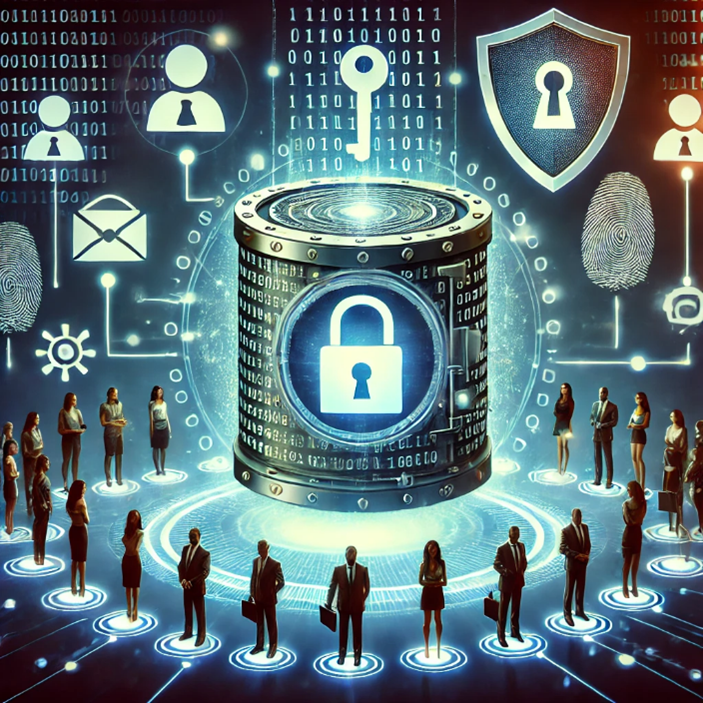
To ensure that AI-powered surveillance systems respect privacy, there must be robust protections in place to safeguard personal data.
Minimize data collection: Surveillance systems should collect only the data necessary for the specific purpose they are designed for. For example, facial recognition data should not be stored indefinitely and should be anonymized or deleted after use, unless absolutely necessary.
Data encryption and security: Data should be encrypted both during transmission and when stored. This helps to protect it from unauthorized access and breaches, ensuring that sensitive personal information is not exposed.
Anonymization and pseudonymization: Wherever possible, AI systems should anonymize or pseudonymize personal data to prevent the identification of individuals unless there is a valid, lawfully justified reason for identification.
3. Ethical and Legal Guidelines
AI-powered surveillance should operate within a framework of ethical principles and legal standards that protect individual rights and freedoms.
Human rights considerations: Surveillance systems should be used in a way that respects basic human rights, including the right to privacy, freedom of expression, and freedom of assembly. Surveillance should not be used to unjustly target individuals or groups based on race, religion, or political views.
Legal compliance:AI surveillance systems should comply with local, national, and international laws regarding privacy and data protection, such as the European Union's General Data Protection Regulation (GDPR) or the United States' Privacy Act. Regular audits should be conducted to ensure compliance.
4. Accountability and Oversight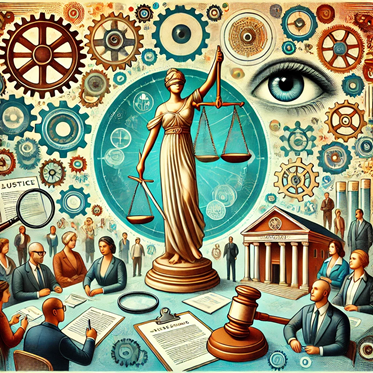
To avoid misuse of AI surveillance, clear accountability mechanisms must be in place.
Independent oversight:An independent body should regularly audit the use of AI surveillance systems to ensure that they are being used ethically and legally. This oversight could include monitoring how surveillance data is stored, accessed, and used.
Clear accountability:There should be clear lines of responsibility for decisions related to surveillance, including who controls the AI system, who has access to surveillance data, and who is responsible for monitoring compliance with ethical standards.
5. Bias and Fairness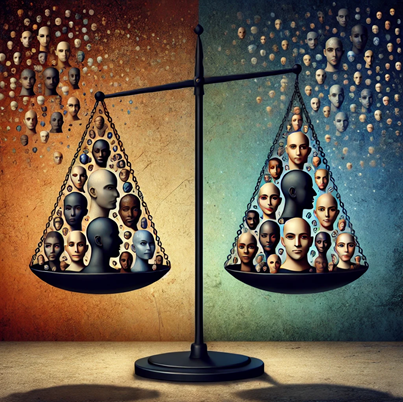
AI systems, particularly facial recognition, have been shown to exhibit biases based on race, gender, and other factors. These biases can lead to unfair or discriminatory outcomes, such as disproportionately targeting certain groups for surveillance or misidentifying individuals.
Bias mitigation:AI models should be trained on diverse and representative datasets to reduce bias. Regular audits should be conducted to test for any unintended discriminatory patterns in the AI system.
Testing for fairness:Organizations should use fairness metrics to evaluate the impact of surveillance systems, ensuring that certain demographic groups are not disproportionately affected or harmed by the surveillance.
6. Proportionality and Necessity
AI surveillance should only be used when necessary, and its use should be proportionate to the risks it seeks to address.
Limitations on scope:Surveillance systems should not be used for blanket monitoring of entire populations. Instead, surveillance should be focused on specific, legitimate concerns, such as preventing crimes or ensuring public safety, and should be limited in scope and duration.
Regular review of effectiveness: The effectiveness of surveillance systems should be regularly reviewed to ensure that they are achieving their intended goals. If the systems are not serving a clear, beneficial purpose, they should be scaled back or discontinued.
7. Use of AI in Public Spaces vs. Private Spaces
The context in which AI-powered surveillance is used is critical to determining its acceptability. Surveillance in public spaces may be more easily justified for security purposes, but surveillance in private spaces (homes, workplaces, etc.) requires heightened caution.
-
Public vs. private surveillance: Public space surveillance, such as monitoring in airports or public transportation systems, should be subject to stricter controls and transparency, while private space surveillance (e.g., in homes or workplaces) should respect higher privacy standards.
Consent for private spaces: In private spaces, the use of surveillance technologies should be based on explicit consent from individuals who are being monitored. This is particularly important in workplaces or domestic environments.
8. Purpose Limitation
AI-powered surveillance systems should be designed for specific, well-defined purposes and should not be repurposed for unrelated uses.
Specific use cases:Surveillance should be conducted only for the purpose it was intended, such as preventing crime or ensuring public safety, and should not be used for broader or unrelated surveillance purposes without proper legal justification.
Data retention limits:Data should not be retained longer than necessary for the original purpose of the surveillance. For example, video footage collected for public safety should be deleted after a certain period, unless required for investigation or legal proceedings.
9. Security and Data Breaches
AI surveillance systems can be vulnerable to cyberattacks, leading to the theft or misuse of sensitive data. Proper security measures are critical to protecting both the data and the system itself.
Robust cybersecurity protocols: AI surveillance systems should be protected by the latest cybersecurity technologies to prevent data breaches, including firewalls, intrusion detection systems, and strong authentication protocols for accessing surveillance data.
Breach notification:In the event of a data breach, organizations must have clear protocols for notifying affected individuals and reporting the breach to relevant authorities promptly.
Conclusion
AI-powered surveillance systems can offer significant benefits in terms of security, efficiency, and public safety. However, their implementation must be carried out with careful attention to privacy, ethics, fairness, and accountability. By ensuring transparency, protecting privacy, limiting data collection, combating biases, and maintaining rigorous oversight, AI surveillance can be used responsibly, without infringing on individual rights or exacerbating societal inequalities. Balancing security concerns with respect for human rights is crucial to ensuring these technologies contribute positively to society.



